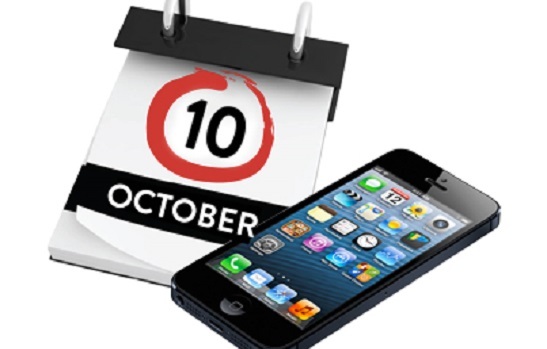Smartphone trade-ins have become big business. It makes sense; consumers are willing to shell out $600 ($200 on subsidized plans) for the latest technology but would like at least some cash back when it’s time to upgrade.
As the Wall Street Journal points out, several companies now let users trade in a smartphone. These include carriers themselves, along with big-box stores like Best Buy, retail giant Amazon, and specialty services such as Gazelle. Of these, only Gazelle offers cash, the rest give credit toward a new device.
So, when is the best time to trade? Is there a secret calculation passed among retailers that determines when a phone still has some value and when it becomes a pile of scrap? Not quite, but consumers still need to know when the cash is calling. Here’s how.
Two-Year Itch
Think of a smartphone like a car. It has a high value on the store’s “lot,” but depreciates as soon as users put in SIM cards and start checking Facebook. But just like a used car, this old device has value and shouldn’t be passed over when looking for an upgrade. According to the recently released Orange Book, smartphones have the most value after one year of use. Samsung Galaxy phones are worth 30 percent of their original value after one year, while iPhones fare slightly better at 40 percent. The problem? Most users aren’t eligible for a subsidized upgrade until the two-year mark.
So how do these devices fare after 24 months? Surprisingly, phones made by the two mobile giants do quite well. A Galaxy is still worth 20 percent, while iPhones are worth 25. It’s worth noting, however, that other makes don’t retain nearly as much value; smartphones from HTC, Blackberry and Motorola only yield five percent of their original value after two years. Bottom line? If users want to trade in a smartphone for maximum value, they should go with Samsung or Apple and upgrade every two years.
Of course, sometimes the lure of a new model is too good to pass up—but consumers can take a bath on price if they wait even two months after a new release. According to Alyssa Voorhis, senior technology analyst at Gazelle, “Trade-in values typically drop 20 percent in the 60 days around the introduction of a new model.” To get both the must-have model and a solid trade-in price, look for a service that offers a price lock immediately before a new release hits shelves. That way, you have time to track down a great deal, keep your old phone in the interim and then trade it in for top dollar.
Gazelle recently extended its price lock program from 30 days to more than 50 days to users who complete the offer process on or before August 18, and is offering up to $350 for iPhone 5S trade-ins, contingent upon the device’s condition. This offer is “designed to help those who are not eligible for a subsidized upgrade from their carrier,” the company noted in a press release. Individuals looking to trade in an iPhone 5 16 GB edition can expect up to $170, depending on condition and carrier, while an unlocked version could be worth up to $195, which will essentially cover the cost of a new phone.
If you can stand to wait between devices, consider trading in an old iPad or Samsung phone before new versions are released. CNet notes that the price for Samsung Galaxy S3 trade-ins rose just prior to the S5 release, and CNN reported on the same trend for second-generation iPads just last year.
Protecting an Investment
What if a smartphone breaks? It happens to almost everyone, thanks to slippery hands, hard floors, or sudden falls. It’s easy to view that broken screen as worthless, but it’s not. If possible, trade the smartphone in ASAP, because after six months even a broken phone is worth 16 percent of its original value. Wait a year and a half, however, and that drops to 8 percent. The best plan? Purchase a decent case (which often run between $20 and $60) to protect this investment.
When it comes to getting the most money out of a smartphone, two factors dominate: brand and time. Samsungs and Apples are worth the most over time, but even these luxury brands experience a sharp drop in return after 24 months. If maximum value is the driving factor, make sure to buy the best and trade in every two years. With the imminent release of the next iPhone, locking in your price now is probably a good move.
How often do you trade in your smartphone?
Image courtesy of Gazelle
[cf]skyword_tracking_tag[/cf]

